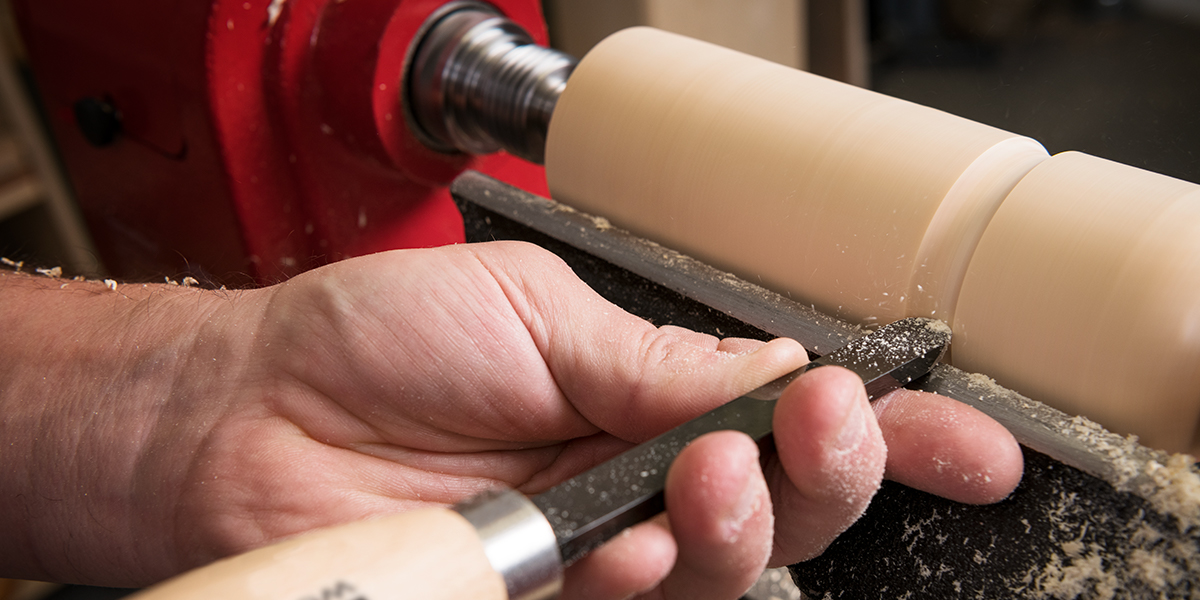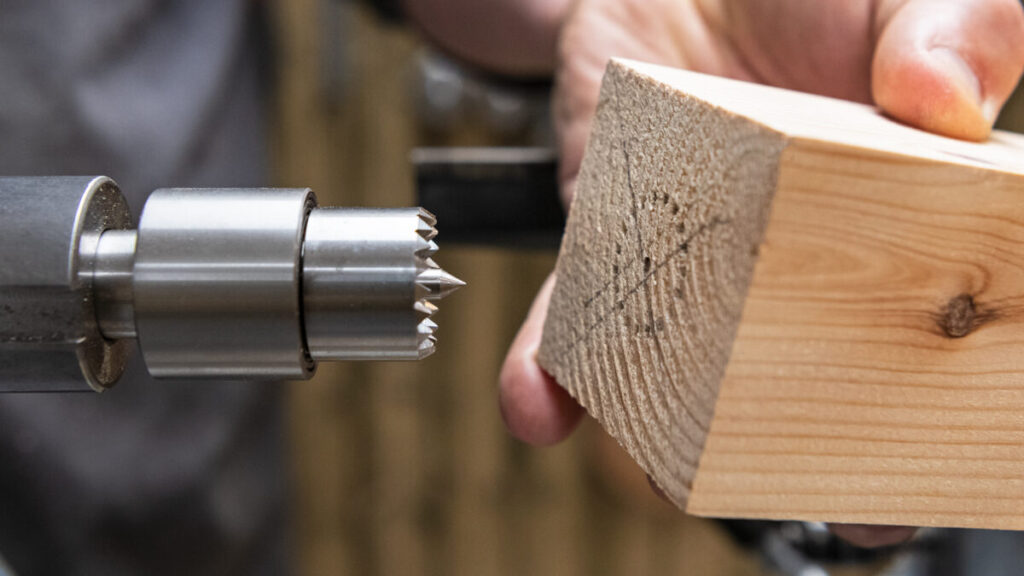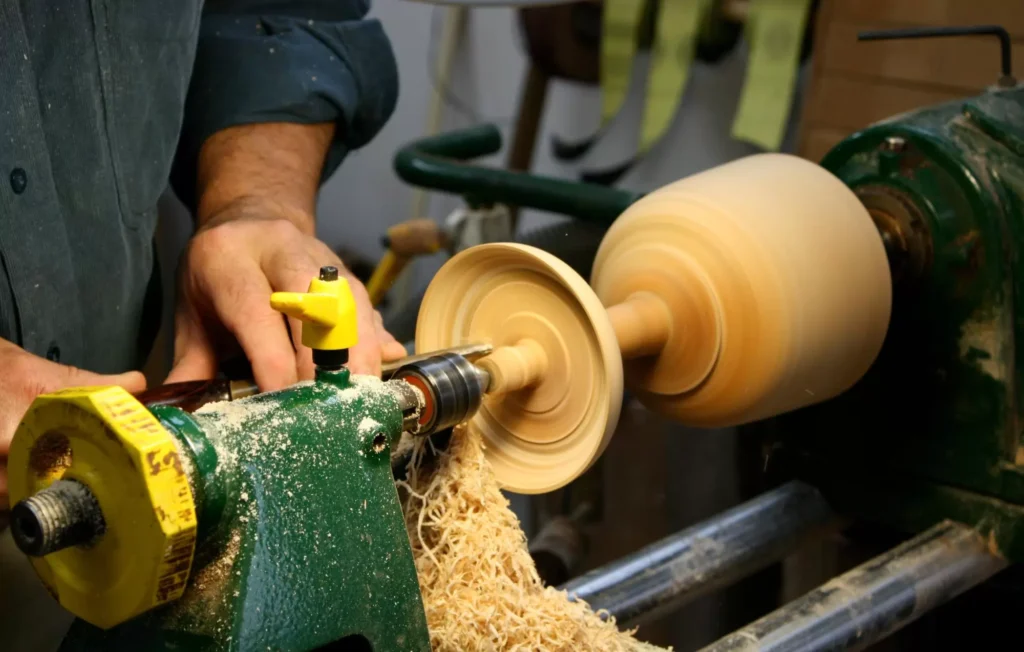
Woodturning is a craft that offers endless opportunities for creativity and self-expression. From simple spindle turning to complex hollow forms, there’s always something new to learn and explore in the world of woodturning. In this article, we’ll go beyond the basics and delve into advanced tips and tricks to help you take your woodturning skills to the next level.
1. Perfecting Tool Control
Mastering tool control is essential for achieving smooth, precise cuts and creating finely detailed work. Advanced woodturners know how to manipulate their tools with precision, applying just the right amount of pressure and angle to achieve the desired results.
One tip for improving tool control is to practice making small, controlled movements with your turning tools. Start by turning simple shapes like beads and coves, focusing on maintaining a steady hand and consistent pressure throughout the cut. As you gain confidence and skill, gradually increase the complexity of your projects, experimenting with different cuts and techniques to expand your repertoire.

2. Understanding Grain Orientation
Grain orientation plays a crucial role in woodturning, affecting the strength, stability, and appearance of the finished piece. Advanced woodturners understand how to identify and work with the grain to achieve optimal results.
When turning bowls or hollow forms, pay attention to the direction of the grain and how it will affect the shape and stability of the piece. For example, turning with the grain will result in smoother cuts and less tear-out, while turning against the grain may require more care and finesse to achieve a clean finish.
Experiment with different grain orientations and cutting techniques to see how they impact the final outcome. By understanding the nuances of grain orientation, you can unlock new possibilities for your woodturning projects and create pieces that are both beautiful and structurally sound.
3. Exploring Multi-Axis Turning
Multi-axis turning is an advanced technique that allows woodturners to create complex, sculptural forms with curved or asymmetrical profiles. By tilting the lathe headstock or using specialized jigs and fixtures, woodturners can turn pieces from multiple angles, resulting in unique and dynamic shapes.
To explore multi-axis turning, start by experimenting with simple off-center turning techniques, such as turning beads or coves on non-concentric axes. As you become more comfortable with the process, challenge yourself to create more complex forms, incorporating curves, twists, and bends into your designs.
While multi-axis turning requires patience and precision, the results can be truly spectacular, allowing you to push the boundaries of traditional woodturning and create one-of-a-kind pieces that showcase your skill and creativity.
4. Embracing Surface Embellishments
Surface embellishments, such as carving, texturing, and coloring, can add visual interest and depth to your woodturning projects. Advanced woodturners know how to use these techniques to enhance the beauty of their work and create pieces that are as visually captivating as they are technically impressive.
Experiment with different surface embellishments to see how they can enhance your projects. Try carving intricate patterns or textures into the surface of your turned objects, using carving tools or rotary carvers to create depth and dimension.
Explore different coloring techniques, such as dyeing, staining, or painting, to add vibrant hues and accents to your pieces. Consider using natural dyes or pigments to highlight the natural grain and figure of the wood, or experiment with bold colors and abstract designs for a more contemporary look.
5. Pushing the Limits

Above all, advanced woodturners aren’t afraid to push the limits of their craft, pushing themselves to explore new techniques, experiment with different materials, and challenge conventional wisdom. Whether it’s turning larger pieces, working with unconventional materials, or exploring avant-garde design concepts, advanced woodturners are always seeking to push the boundaries of what’s possible with woodturning.
Don’t be afraid to take risks and try new things in your woodturning practice. Embrace failure as an opportunity to learn and grow, and never stop pushing yourself to reach new heights of creativity and innovation. By embracing the spirit of exploration and experimentation, you can unlock new possibilities for your woodturning projects and take your skills to the next level.
Woodturning is a craft that rewards dedication, patience, and a willingness to push the boundaries of what’s possible. By mastering tool control, understanding grain orientation, exploring multi-axis turning, embracing surface embellishments, and pushing the limits of your craft, you can take your woodturning skills to new heights and create truly extraordinary pieces that showcase your talent and creativity. So don’t be afraid to go beyond the basics and explore the advanced techniques and tricks that will elevate your woodturning to the next level.
